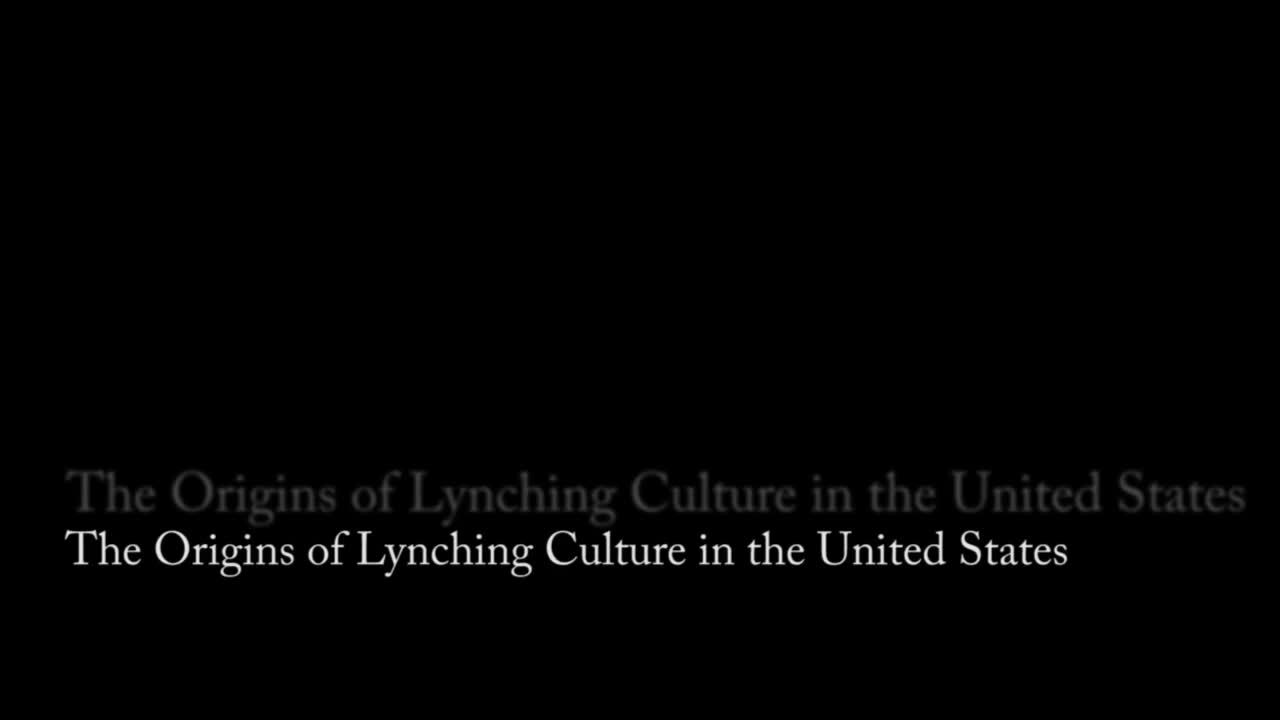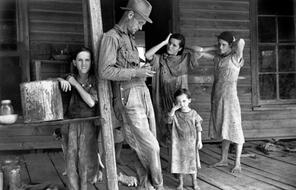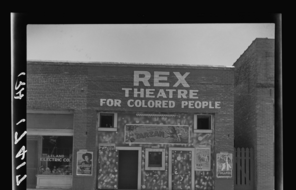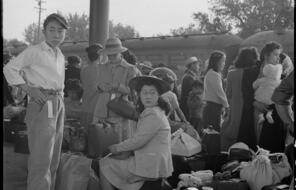
Scout as Narrator: The Impact of Point of View
At a Glance
Language
English — USSubject
- English & Language Arts
Grade
9–10- Racism
Overview
About This Lesson
As Scout and Jem confront the issues of difference and belonging embedded in their community, Harper Lee’s choice to tell the story through the eyes of Scout becomes more crucial to the story. Scout’s wide-eyed naiveté heightens the impact of both the social expectations she resists and the injustices she sees unfold.
Indeed, one of the primary narrative arcs of the novel is Scout’s “coming of age” through these experiences. At the same time, Scout’s lack of life experience and knowledge about the world she inhabits leaves readers with gaps to fill in their own understanding of several important events and characters in the book.
Scout’s reliability as the narrator is important to understand because of what it shows about both the value and limitations of attempting to “walk in someone else’s skin.” As students simultaneously grapple with Scout’s limited perspective and observe it slowly expand as the story unfolds, they might reflect on the ways in which their own perspectives are limited, as are everyone’s. By wrestling with these challenges, students can begin to strengthen their understanding and practice of empathy.
Preparing to Teach
A Note to Teachers
Before you teach this lesson, please review the following guidance to tailor this lesson to your students’ contexts and needs.
Lesson Plans
Activities
Materials and Downloads
Scout as Narrator: The Impact of Point of View
Unlimited Access to Learning. More Added Every Month.
Facing History & Ourselves is designed for educators who want to help students explore identity, think critically, grow emotionally, act ethically, and participate in civic life. It’s hard work, so we’ve developed some go-to professional learning opportunities to help you along the way.
Exploring ELA Text Selection with Julia Torres
On-Demand

Working for Justice, Equity and Civic Agency in Our Schools: A Conversation with Clint Smith
On-Demand

Centering Student Voices to Build Community and Agency
On-Demand














